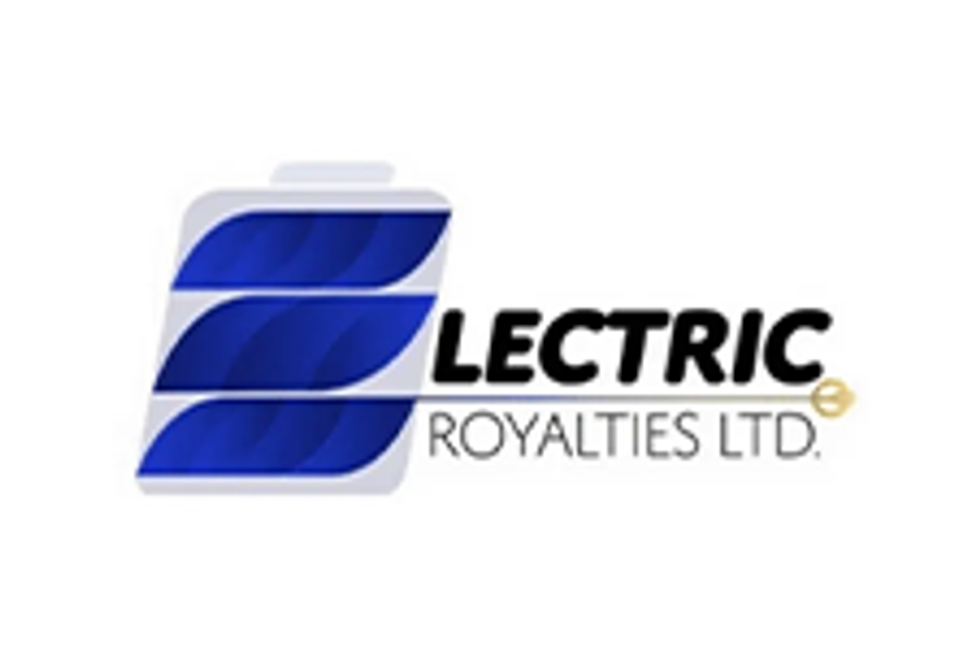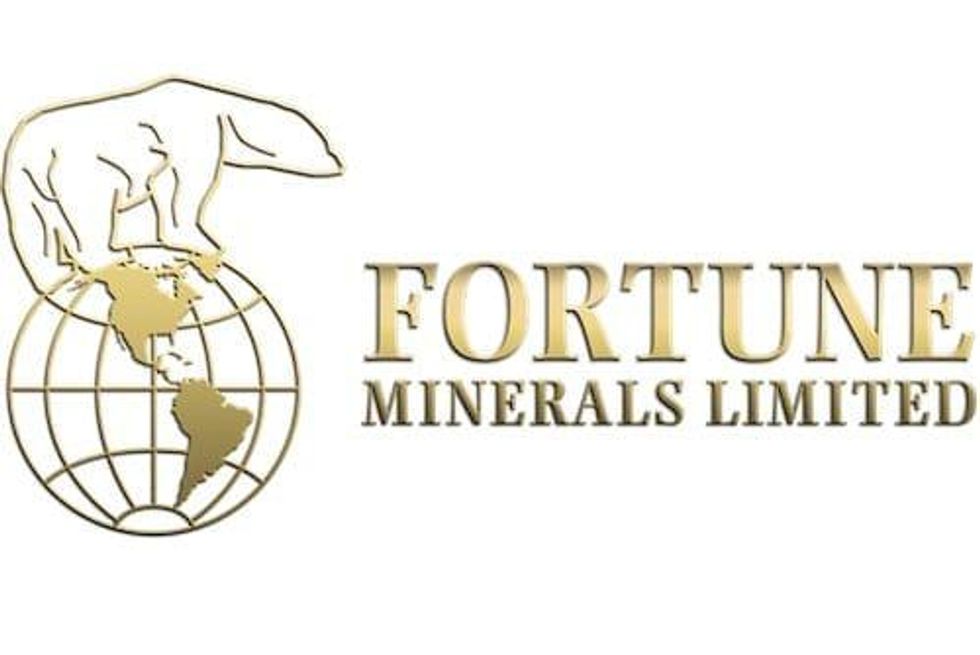Cobalt Forecast 2021: CEOs Optimistic about Future EV Demand
Executives from ERG, Global Energy Metals, First Cobalt and Fortune Minerals share their 2021 cobalt forecast.

Click here to read the latest cobalt forecast.
Without a doubt, 2020 was a year where uncertainty was front and center globally, and it was no different for the cobalt space.
The coronavirus pandemic tested the resilience of cobalt supply chains, as port closures in South Africa hit the market during the first few months of the year.
But what will happen to cobalt next year? To find out, the Investing News Network (INN) reached out to companies in the space to get their thoughts on what’s ahead for the battery metal in 2021.
Cobalt forecast 2021: A look back at 2020
When looking back at the major cobalt trends in 2020, it is clear that uncertainty reigned on the back of the COVID-19 pandemic, with global markets suffering during the first few months of the year.
At the end of last year, cobalt and copper producer Eurasian Resources Group (ERG) looked upon 2020 as a watershed moment for the global electric vehicle (EV) industry, and expected a number of large, established automakers to launch flagship models.
“This successfully occurred, despite the COVID-19 pandemic, which caused progress to slow somewhat,” Benedikt Sobotka, CEO of ERG and co-chair of the Global Battery Alliance, told INN.
“We therefore made a revision of EV production forecasts to just over 3 million vehicles (estimated December 2020). We will have to wait until January to see what the actual numbers show.”
For his part, at the end of 2019, Mitchell Smith, president and CEO of Global Energy Metals (TSXV:GEMC,OTC Pink:GBLEF), thought that the price of cobalt, like many other battery inputs, was not sustainable at such low levels given the tremendous potential of the global battery sector.
“Although pricing has improved, it has not correlated with the growth in the sector,” he told INN. “Many factors, COVID-19 included, have played into this.”
In line with expectations, cobalt firmed up in Q1 as supply grew more constrained and demand from Europe picked up, Trent Mell of First Cobalt (TSXV:FCC,OTCQX:FTSSF) told INN.
“COVID-19 then stopped that in its tracks, as the alloy market was adversely impacted by weak demand from the aerospace sector. Toward the end of the year, the market has started to firm up again.”
One major impact of the pandemic in the cobalt space was mine shutdowns and shipping disruptions during the first quarter.
“The uncertainty weighed on the cobalt price earlier in the year, but has started to firm in the last couple of months and is expected to continue to trend toward historical average prices,” Robin Goad, president and CEO of Fortune Minerals (TSX:FT,OTCQB:FTMDF), said to INN. “It is expected that 2020 will see the first decline in refined cobalt production since 2016.”
ERG’s Sobotka said the shipment of material from the Democratic Republic of Congo and elsewhere to primary refiners in China has been difficult at times this past year, which has contributed to higher cobalt hydroxide payables in the second half of 2020.
Although the largest segment of the cobalt market is now rechargeable batteries, and EV penetration rates continue to grow at double-digit rates, the impact of global pandemic lockdowns hurt the metal market, which only accounts for about 30 percent of global demand, Mell explained.
“This has temporarily mitigated upward price pressure on the cobalt sulfate market,” he said.
Commenting on the challenges faced by cobalt in 2020, Smith pointed to the threat of substitution and thrifting in batteries used in EVs, which has created a lot of uncertainty.
“More generally, the need for continued and sustained investment to support the exploration and development of a battery metals supply chain is not being applied at the speed required,” he said. “I believe we’re at a tipping point where investment into this battery mineral subsector will become much more robust in the years to come as the transition towards zero-carbon becomes adopted. Cobalt and other battery metals will benefit greatly.”
Goad agreed, saying cobalt is currently trading well below the price needed to incentivize the exploration and development of new projects, which he expects to contribute to a new supply bottleneck.
“It typically takes at least two decades to bring new deposits to production, meaning the cobalt deposits needed to fuel cobalt demand by the middle of this decade should already be in the development stage, and they simply are not,” he said. “Forward-looking companies like Tesla (NASDAQ:TSLA), BMW (OTC Pink:BAMXF,ETR:BMW) and GEM (SZSE:002340) have identified the risk of supply shortages and have taken steps to lock up long-term supplies of cobalt.”
For Sobotka, insufficient visibility is often a challenge.
“The cobalt supply chain entails long lead times of up to 12 months between material being mined and that cobalt rolling off an EV assembly line in the form of a lithium-ion battery,” he said. “COVID-19 led to plans being altered at the very downstream of the supply chain, and these changes have implications all the way up to the mine.”
Cobalt forecast 2021: What’s ahead
As 2021 kicks off, CEOs are optimistic about the future demand for cobalt in batteries, as well as the trajectory of prices to support that need.
For ERG’s Sobotka, COVID-19 has strengthened the EV narrative.
“The World Economic Forum refers to the ‘Great Reset,’ which includes a very strong focus on sustainable transportation and renewable energy generation. A further boost to these sectors is clearly very good for cobalt demand,” he said.
Moreover, COVID-19 has increased the desire for private transportation, and has led to an increase in EV subsidies across numerous countries.
“Cobalt demand will rise in 2021, mainly as a result of strong lithium-ion battery demand,” Sobotka said. “The main driving force is EVs, but stronger sales of 5G mobile devices will also contribute to a positive forecast over the next 12 months and beyond. 5G devices require more battery power, and more batteries means more cobalt.”
Combined with demand from the consumer electronics, tools and battery energy storage systems, ERG forecasts that about 90 percent of cobalt demand growth to 2025 will come from lithium-ion batteries. That said, any change in the performance of battery end-use segments, particularly EVs, will have a major impact on cobalt demand.
ERG mines copper and cobalt in the Democratic Republic of Congo, while in Zambia the company owns Chambishi Metals, its central cobalt and copper refinery.
First Cobalt’s Mell is also expecting a better market, saying an important catalyst for cobalt is the ever-growing EV market, as witnessed in Europe in 2020, where EV sales more than doubled despite a significant drop in total passenger vehicle sales.
“I believe that the US market will surprise many observers,” he said, adding that the number of EV models sold in America is set to more than double from 16 in 2020 to 39 in 2021, with 121 models scheduled for America — the world’s largest consumer market — in the next five years. “Add the tailwinds from a ‘green’ White House administration, and the groundwork is set for a breakout year.”
First Cobalt is a vertically integrated cobalt exploration and development company with three assets located in Idaho, US, and Ontario, Canada. The company is focused on developing a supply of battery-grade cobalt in North America for the rapidly growing EV market.
The company’s Ontario-based refinery is the only permitted primary cobalt refinery in North America, and could produce 25,000 tonnes of cobalt sulfate per year from third party feed.
Speaking about what’s ahead for cobalt, Smith said he is a strong believer that the transition to, and support of, a sustainable clean energy world using battery technology is one of the largest investment opportunities of this generation.
“Cobalt, nickel, copper, lithium and other battery metals are central to this theme,” he said. “As global energy increasingly moves to battery-led technology, the demand for these battery minerals will inevitably mushroom. Exposure to this sector should prove to be very lucrative.”
Global Energy Metals holds 100 percent of the Millennium cobalt project and two neighboring exploration-stage cobalt assets in Mount Isa, Australia. The company, through its100 percent owned subsidiary US Battery Metals, holds an 85 percent interest in two battery minerals projects, the Lovelock cobalt mine and Treasure Box project in Nevada, US.
Additionally, the company holds a 70 percent interest in the past-producing Werner Lake cobalt mine project in Ontario, Canada.
Fortune’s Goad pointed to the gap between future demand for cobalt in EVs and new supply entering the market over the next decade, saying the current low cobalt price environment isn’t sustainable.
“A higher price is needed to bring exploration needed to ensure future cobalt supply,” he said. “Our view is that the cobalt price will rise to at least the long-term inflation-adjusted average of US$25 per pound.”
Fortune Minerals is developing the NICO cobalt-gold-bismuth-copper project, comprised of a proposed mine and mill in Canada’s Northwest Territories and a refinery in Saskatchewan. It is aiming to become a vertically integrated producer of cobalt chemicals for the lithium-ion battery industry with over a million ounces of gold and 12 percent of global bismuth reserves as by-products.
Don’t forget to follow us @INN_Resource for real-time news updates!
Securities Disclosure: I, Priscila Barrera, hold no direct investment interest in any company mentioned in this article.
Editorial Disclosure: First Cobalt and Fortune Minerals are clients of the Investing News Network. This article is not paid-for content.
The Investing News Network does not guarantee the accuracy or thoroughness of the information reported in the interviews it conducts. The opinions expressed in these interviews do not reflect the opinions of the Investing News Network and do not constitute investment advice. All readers are encouraged to perform their own due diligence.



